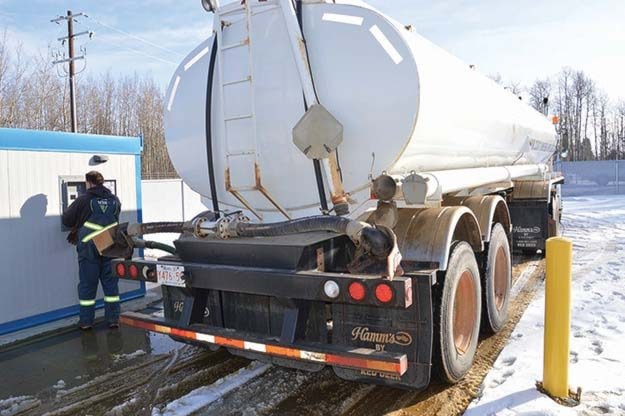A new regional wastewater line to service the south portion of Pigeon Lake is almost ready to open as operational.
Wetaskiwin County CAO Frank Coutney says having a closed line system for the south end of the lake has been a goal of the county since the late 1980s to early 1990s. He added the north portion of Pigeon Lake has operated with a closed wastewater system since the late 1980s.
“From the lake perspective … It’s going to protect residential wastewater from getting into the lake,” said Coutney.
Also with the regional line, Coutney says another of the major benefits, the opportunity is there to phase residential and commercial lines into the regional line.
Before the regional line, cabins and residences around Pigeon Lake used tanks, “Which have opportunity to fail,” said Coutney.
Others used a mound system. “The problem with mound systems … It tends to saturate the ground and it doesn’t get processed,” Coutney added.
He explains having a regional line will be more of a municipal system rather than one handled individually.
On March 3, County of Wetaskiwin public works lead county staff members, as well summer village representatives held a tour of the large Westerose lift station, a smaller secondary lift station and the Mulhurst Bay lagoons. The system becomes operational March 16.
The Westerose lift station along with the secondary station are both brand new facilities. The regional line project also included upgrades to the Mulhurst lagoons; the total cost of the project was approximately $13.2 million.
^
Along with showing off the new system, Coutney says the tour was a test to see how fast the trucks could get in and out. It took one truck 11 minutes to dump 1,800 gallons at the Westerose station. Currently the drivers are having to go all the way to the lagoons to dump.
“It’s going to be a lot quicker for them,” said Coutney, who places savings at about one hour.
The new lift stations use mechanical keypads that all drivers must sign into using personalized pin numbers. When the dumping stations are used the activity is time stamped and and the number of gallons dumped are also recognized electronically.
Electronic valves help regulate dumping and if a driver does not put in all the information needed properly they will not be able to use the station.
From the truck the waste moves past the valves into a manhole and gravity flow carries it along to a wet well at the Westerose station. Any solid waste is ground up and everything then moves through two pumps; with a pump rate of 67 litres per second.
From there the waste and wastewater is pumped to the booster station and eventually to the Mulhurst lagoons.
Originally the county was not going to install the second station but in order to combat the incline of the land it would have taken too much line and horsepower.
